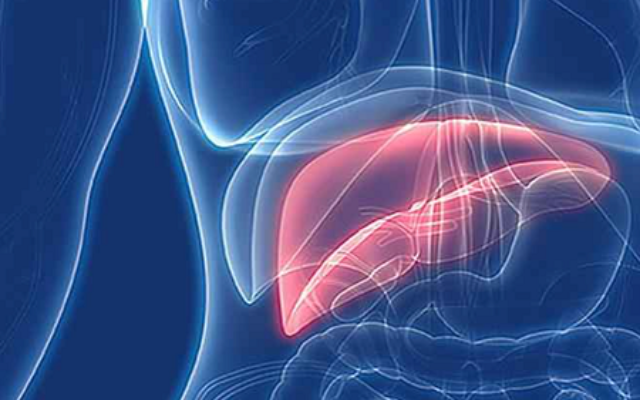Hepatitis Cases Rising in Children Cause Concern
Hundreds of cases in the U.S. and United Kingdom have raised questions of why and how they have developed.

Physicians and public health clinicians have so far been unable to pinpoint the cause of an increase in the number of children suffering from an unusual form of hepatitis, which causes inflammation of the liver.
When hepatitis develops, the liver is not able to filter out naturally occurring toxins in the body, which can circulate in the blood and reach the brain, where they can cause cognitive and behavioral changes. The liver may also not be able to produce proteins that help the blood clot, resulting in internal bleeding.
The condition, which experts still say is rare, has been identified in some 900 children around the world since last October, according to the World Health Organization. About half of the cases have been in the U.S. and the United Kingdom, where there’s been a sharp spike in infections. Eighteen children have died and fewer than 50 have required liver transplants.
So far, blood tests have not indicated that the liver inflammation had been caused by any of the five known hepatitis viruses. But a recent study of patients in Birmingham, Ala. and Birmingham, England found that all nine children in the U.S. study and 27 of the 30 in the UK study had tested positive for human adenovirus type 41 (HAdV-F41), which is known to cause vomiting and diarrhea, but not hepatitis. The finding prompted the U.S. Centers for Disease Control in Atlanta to recommend that doctors routinely test for the virus.
In comments on the study, published in the New England Journal of Medicine, Dr. Saul Karpen, a pediatric specialist in liver disease at Children’s Healthcare of Atlanta and Emory University School of Medicine, wrote that despite the results there is “not yet convincing evidence of a causal link.” Karpen told the AJT that he believes further research is necessary.

“There are also some major gaps in the associations between adenoviral infection and liver failure. There are many other viruses that are also found in these kids at the same time. None of the virus is seen in the liver of those that have been studied, that’s quite a big concern. So, it’s something that needs to be investigated. It’s definitely not something we need to say is settled science,” he said.
Medical researchers have indicated that the adenovirus infection may have been helped along by what has been described as adeno-associated virus (AAV-2). Studies in the UK that had not yet been reviewed prior to publication found the helper viruses to be present in the majority of children with severe, unexplained hepatitis.
Part of the difficulty of pinpointing the cause of the outbreak, according to Karpen, is that doctors don’t always have a viral smoking gun, so to speak.
“The frustrating part for this field of medical science is that more than half the time we don’t have a diagnosis. So, when there is a potential new diagnosis, of course, people are interested. But we also have a critical eye because we know that viruses in children are rampant. I mean, the average kid gets six viruses a year,” he said.

There’s also been some speculation that the COVID virus and the isolation that it has engendered, especially among children who have been kept out of school, may have played a role in the rise of new hepatitis cases. An article in a prominent British medical journal devoted to liver disease theorized that the coronavirus’s spike protein could have caused children’s immune systems to overreact and trigger a much more severe reaction to a relatively common virus.
So far, however, the CDC has said that the coronavirus doesn’t appear to be a factor. (Keep in mind that there is a lag in statistical reporting.) Because so little is known for sure about these cases, the federal agency has cautioned parents to be aware of the symptoms of liver inflammation, which include a yellowing of the skin or the whites of the eyes, fever and a loss of appetite and to practice frequent handwashing to prevent infections. If infection is suspected, the agency advises parents to seek medical attention, as the condition can worsen quickly.
So, while physicians like Karpen are concerned, they are not yet ready to ring the alarm bell for a new medical emergency.
“It’s new. That’s number one,” Karpen said. “Meaning that people are starting to see some associations of a potential link with a relatively common virus. But we’re not sure yet whether or not it is causing it or if it’s just a bystander. So, I think using the word outbreak is not justified just yet.”
- Health and Wellness
- Local
- Bob Bahr
- hepatitis in children
- CDC
- Children's Healthcare of Atlanta
- Dr. Saul Karpen
- human adenovirus 41
- HAdV-F41
- New England Journal of Medicine
- Emory University Medical School
- adeno-associated virus (AAV-2)
- World Health Organization
- Centers for Disease Control
- virus
- COVID
- COVID-19
- pandemic



comments